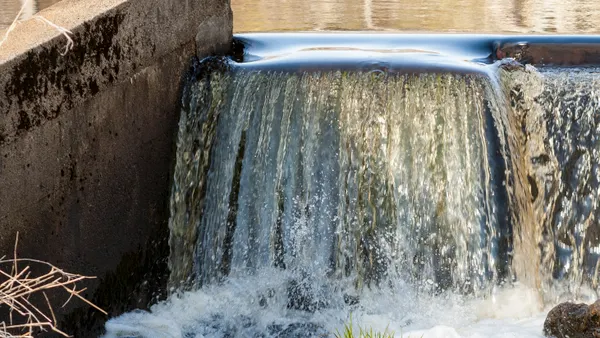Dive Brief:
- According to a newly-released study, researchers from the University of South Wales in Sydney, Australia have devised a mathematical algorithm that can figure out which countries are responsible for adding the greatest amount of waste to the ocean.
- Scientists said a minimum of five large garbage patches are floating in the oceans around the globe.
- The model can also be used to assess how fast garbage can travel from one patch to another area.
Dive Insight:
The research team said that the main reason for the study was to determine the ease with which the ocean’s various surface waters mixed together. The study was integral in redefining ocean borders based on water movement, rather than the traditional boundaries created in the past. Erik van Sebillle, a co-author of the study, said the previous boundaries were based on a flawed perception of how the ocean circulates.
Researchers also noted that this latest model could illuminate the distribution of ocean ecology and could potentially be used to track pollutants, such as oil spills.
There have been a number of exciting developments in the fight against ocean trash. For instance, the non-profit group Project Aware created an interactive map that shows the locations where scuba divers find trash while underwater. The divers remove the waste and add the corresponding location data and the information will be aggregated onto the Dive Against Debris Map.








